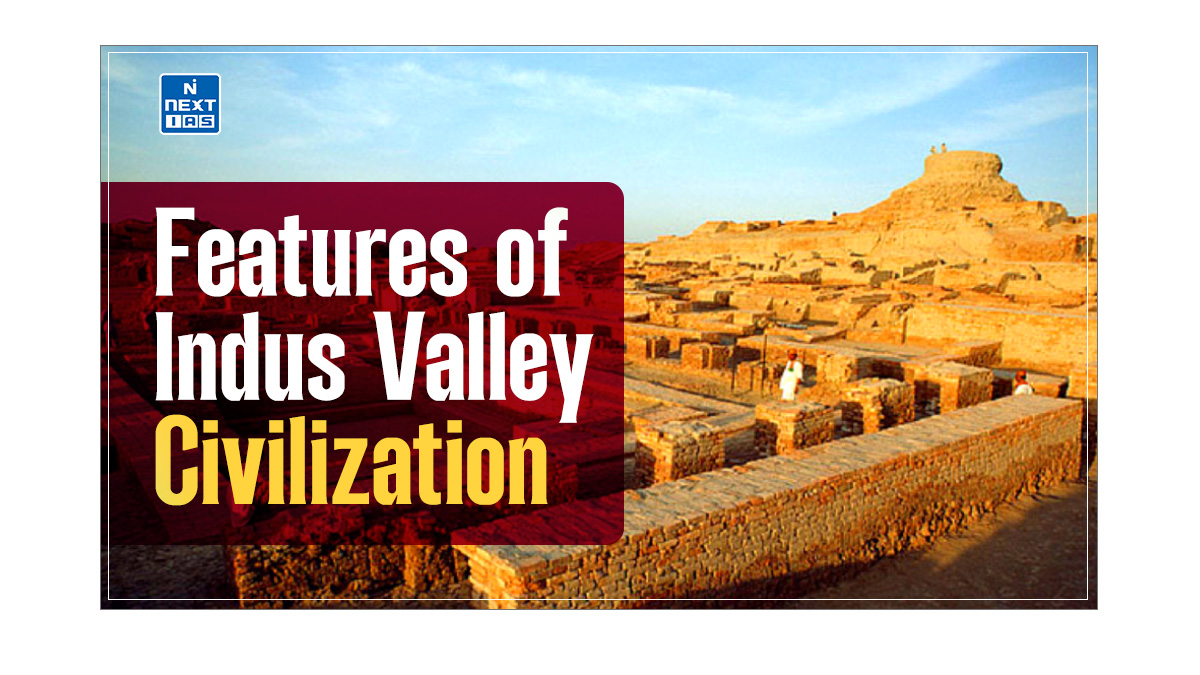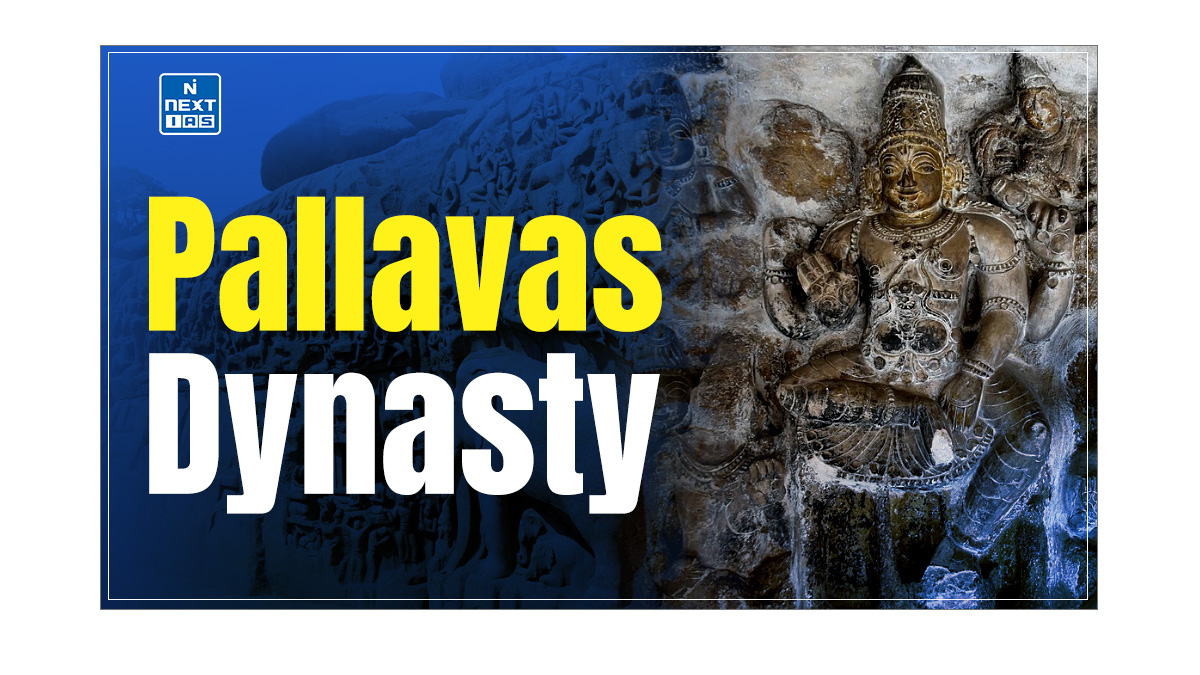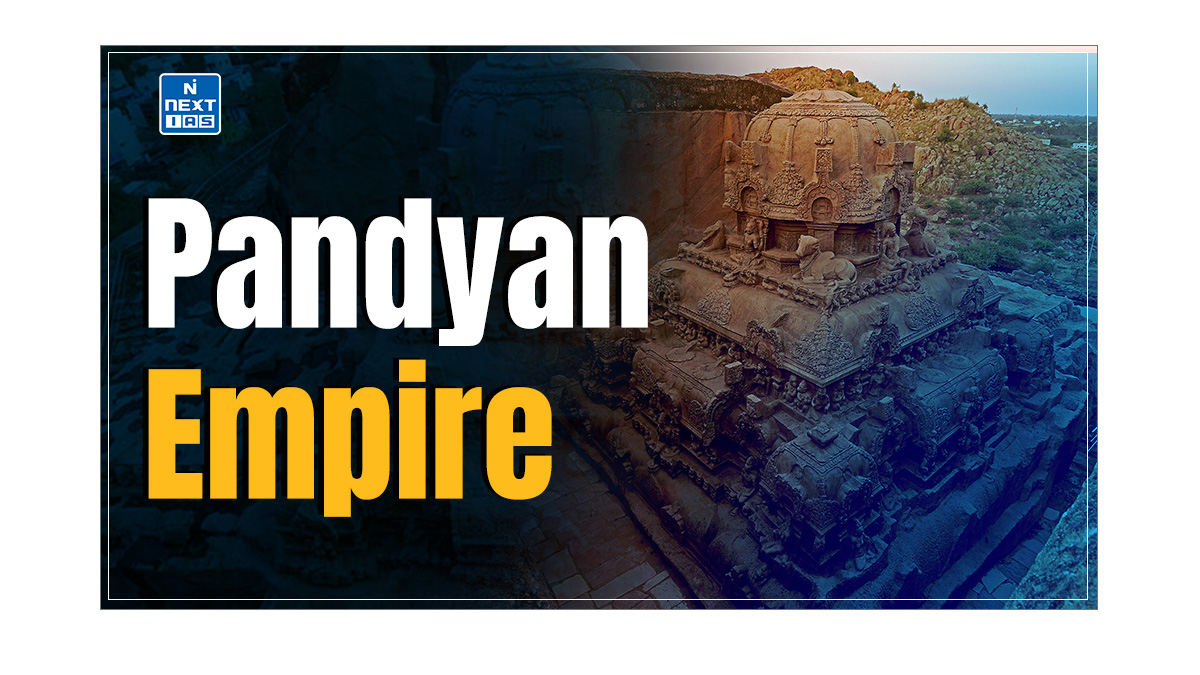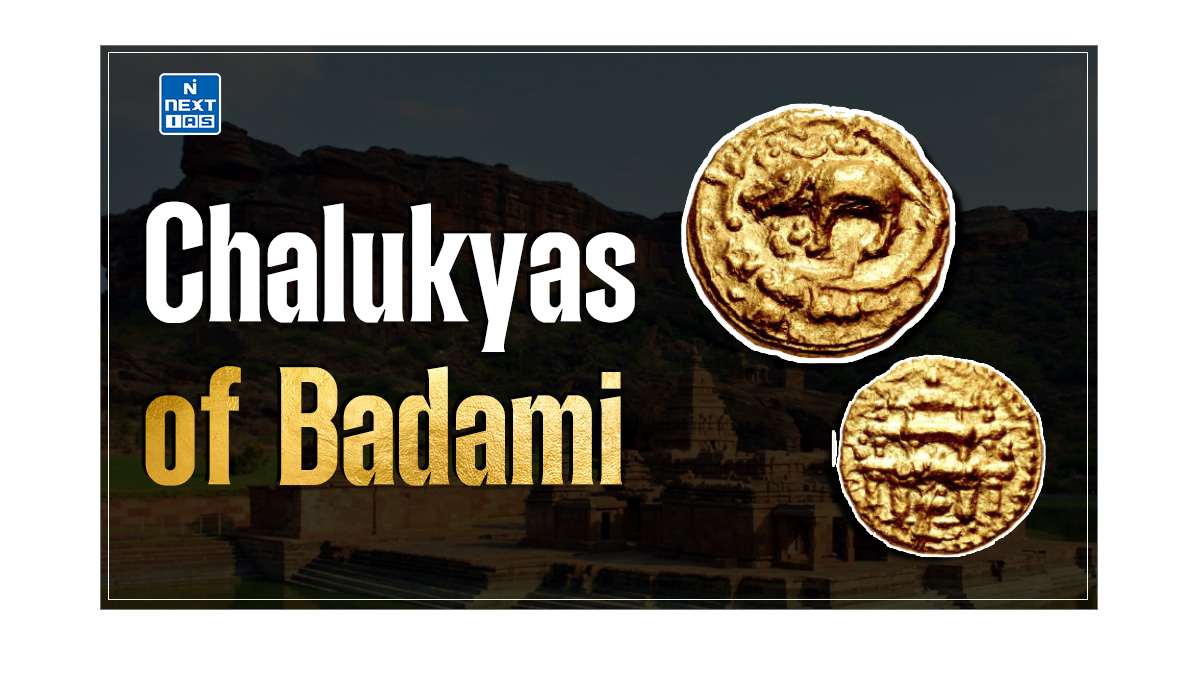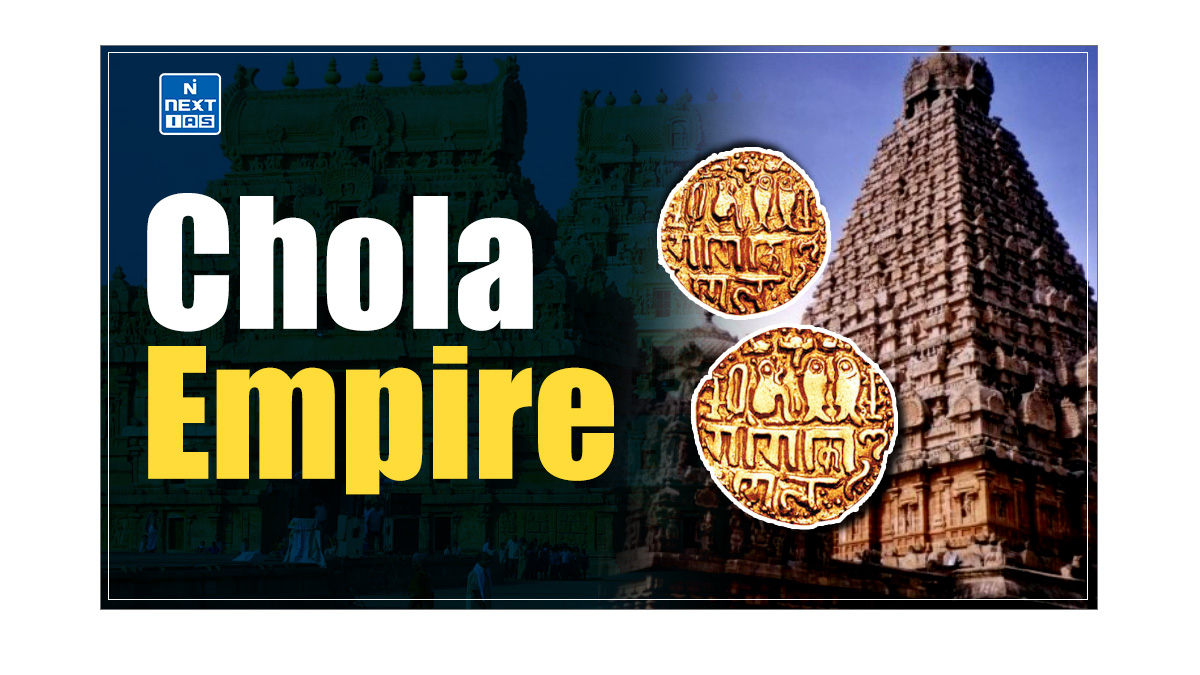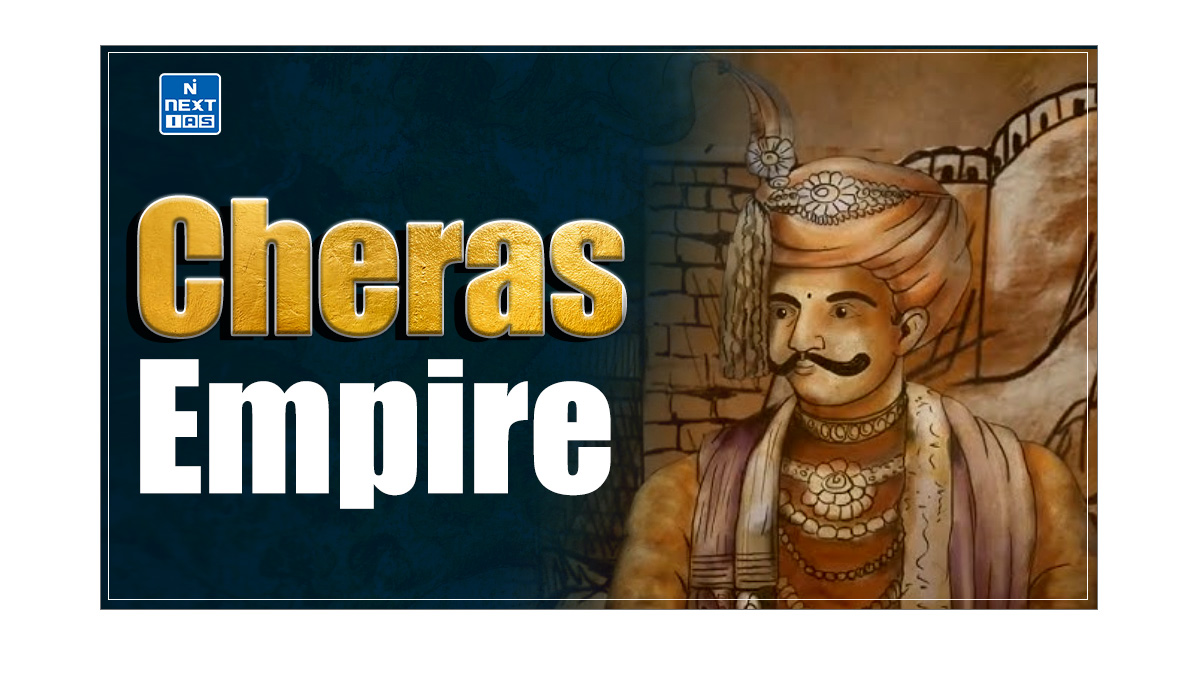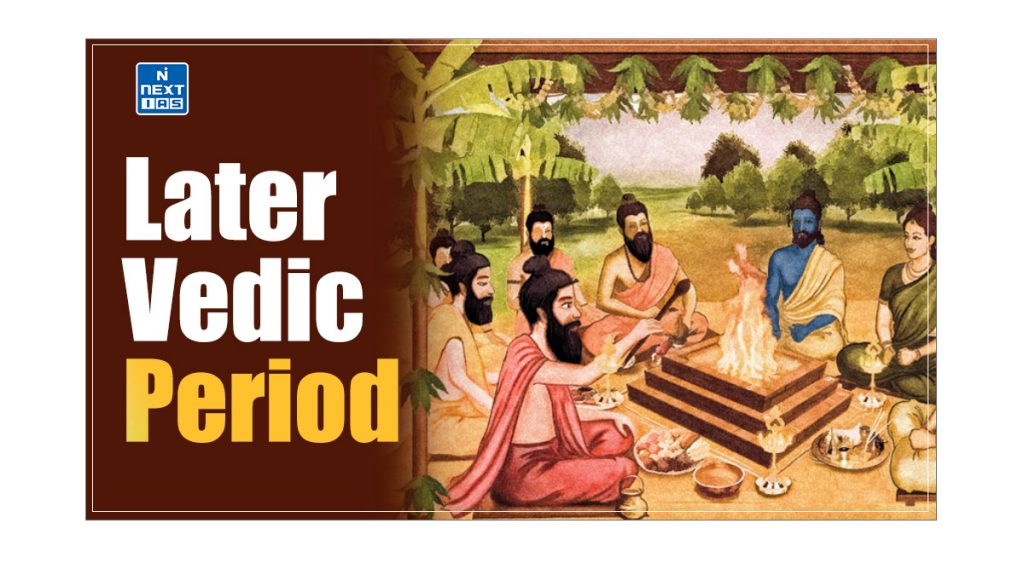
The Later Vedic Period (approximately 1000 BCE to 500 BCE) was a transformative period in ancient Indian history marked by the transition from a pastoral society to a more settled agrarian one. This era is significant for codifying the Varna system, expanding into the Gangetic plains, and rising influential kingdoms, which laid crucial foundations for classical Indian civilisation. This article aims to study in detail the political, economic, social, and religious developments of the Later Vedic Age.
About Later Vedic Period
- The Later Vedic Age, from approximately 1000 BCE to 500 BCE, followed the early Vedic period and marked a transformative era in ancient Indian history.
- This epoch is distinguished by significant developments in religious, social, and political spheres, reflecting a shift from the pastoral and semi-nomadic lifestyle of the earlier Vedic period to a more settled and agrarian society.
- Key texts from this era, including the Sama Veda, Yajur Veda, Atharva Veda, Brahmanas, Aranyakas, and Upanishads, provide rich insights into the evolving social structures and rituals of the time.
- During the Later Vedic Age, the Aryans expanded their presence eastward into the fertile Gangetic plains, leading to the rise of prominent kingdoms such as Kuru, Panchala, Kosala, Kasi, and Videha.
- This period is notable for codifying the Varna system and emerging distinct regional divisions, including Aryavarta, Madhyadesa, and Dakshinapatha.
- The Later Vedic Age laid crucial foundations for classical India’s complex socio-political and religious landscape.
| Later Vedic Period: 1000 BC – 600 BC. – The advent of Iron Age. – It is also referred to as the PGW (Painted Grey Ware) phase, as marked by the invention of PGW for Bowls and Dishes. – Origin of Sama, Yajur and Atharva Veda. – Geographical Expansion- Upper Gangetic Basin. |
Read our detailed article on Vedic Age and Early Vedic Age.
Geographical Expanse of Later Vedic Period
- The people of the Later Vedic Period were known to two seas – the Arabian Sea and the Indian Ocean.
- They were also familiar with the Himalayas.
- 16 Mahajanapadas were formed during this period, encompassing numerous rural and urban settlements.
- The later Vedic period presents three broad divisions of India:
- Aryavrata (Northern India)
- Madhya Desa (Central India)
- Dakshinpath (Southern India)
- The name India, or Bharat, has evolved through different periods. It emerged from the Persian term for the Sindhu River (the Indus).
- The Persians pronounced it Hindu, leading to the term Hindustan, used by medieval Persian, Arab, and other Muslim authors.
- Indians referred to their land as Bharatvarsha, shortened to Bharat, named after the leading Vedic tribe Bharatas or the legendary king Bharat.
- Bharatvarsha was considered the southern division of Jambudvipa, one of the seven islands of the world.
The political, economic, social and religious conditions of the Later Vedic Period (LVP) have been discussed in detail in the following section.

Political Condition of Later Vedic Period
The political condition of the Later Vedic Age can be seen as follows:
- Larger kingdoms made their appearances in the Later Vedic Period.
- The kings have different titles, depending upon the part of the country they ruled:
- Raja – Middle kingdom
- Samrat – Eastern Kingdom
- Bhoj – Southern Kingdom
- Virat – Northern Kingdom
- Swarat – Western Kingdom

- In the later Vedic period, Rig Vedic popular assemblies lost importance, and royal power emerged.
- The vidatha completely disappeared.
- To rule, the Raja was assisted by the Priest, the commander, the chief Queen, and a few other high functionaries.
- The Sabha and Samiti continued to hold ground, but their character changed. They became dominated by chiefs and rich nobles.
- Women were no longer allowed to sit on the Sabha, and nobles and Brahmanas now dominated it.
- The formation of bigger kingdoms made the king more powerful.
- Tribal authority tended to become territorial. Princes or chiefs ruled over tribes, but dominant tribes gave their names to territories.
- Panchala was the people’s name; afterwards, it became the region’s name. The term Rashtra, indicating territory, first appears in this period.
- During this period, people had the right to choose their king, introducing elections.
- The Raja was elected based on his physical and other qualities. In Bali, kinsmen and common people called Vis gave voluntary gifts.
- The position of the Raja became hereditary and often went to the eldest son.
- The influence of the king was strengthened by rituals like:
- Rajasuya Sacrifice – Conferred supreme power to the king; a coronation ceremony.
- Ashwamedha Sacrifice – Aimed to expand the kingdom’s territory; signified complete control over an area where the royal horse ran uninterrupted.
- Ratnavimhsi – Part of the Rajasuya sacrifice; different Ratninas (officials) invoked different gods and goddesses.
- Vajapeya – The chariot race meant re-establishing a king’s supremacy over his people.
- An officer called Sangrihitri collected taxes and tributes.
- At the lower level, the administration was carried out by village assemblies controlled by the chiefs of the dominant clans.
| Ratninas | |
| Purohit | The Priest |
| Mahishi | The Chief Queen |
| Yuvaraja | Crown Prince |
| Suta/ Sarathi | Charioteer |
| Senani | The General |
| Gramani | Head of Village |
| Kshata | Gateman |
| Sangrahitri | Treasurer |
| Bhagadudha | Collector of Taxes |
| Akshavapa | Courier/Accountant |
| Palagala | Messenger |
| Govikarta | Head of Forest Department |
- This was also the Era of Janpads and Mahajanpads. In this context, Mahajanpads were the bigger kingdoms, while Janpads were relatively smaller and numbered 16, most of which were in the Gangetic Plains.
| Mahajanapadas | Capital | Modern location |
| Anga | Champa | Munger and Bhagalpur |
| Magadh | Girivraja/Rajagir | Gaya and Patna |
| Kasi | Kasi | Banaras |
| Vatsa | Kausambi | Allahabad |
| Kosala | Sravasti | Eastern Uttar Pradesh |
| Saurasena | Mathura | Mathura |
| Panchala | Ahichchatra and Kampilya | Western Uttar Pradesh |
| Kuru | Indraprastha | Merrut and S.E. Haryana |
| Matsya | Viratnaaar | Jaipur |
| Chedi | Sothivati/Banda | Bundelkhanda |
| Avanti | Ujjain/Mahismati | Madhya Pradesh and Malwa |
| Gandhar | Taxila | Rawalpindi |
| Kamboj | Pooncha/Rajapura | Rajori and Hajra (Kashmir) |
| Asmaka | Pratistlian/Paithan | Bank of Godavari |
| Vajji | Vaishali | Vaishali |
| Malla | Kusinara/Pawa | Deoria and UP |
Economic Condition of Later Vedic Period
The economic condition of the Later Vedic Age can be seen as follows:
- The growth of economic prosperity is indicated in many prayers contained in the Atharva Veda.
- Later, the Vedic Economy became a surplus agrarian economy.
- Agriculture began to replace cattle rearing.
- Pastoralism was no longer a subsistence activity, though cattle rearing was practised.
- The Sathapatha Brahmanas speak at length about ploughing rituals.
- Nishakas, Satamana, and Krishnala were units of value.
- Iron was prominent and referred to as “Krishan Ayes”.
- Taxation was not fully developed; Bali, Bhaga, and Shulka were the names of the taxes.
- Famous pottery of this age included ‘Painted Grey Ware’ and ‘Northern Black Polished Ware’.
- Agriculture was still the main occupation, involving ploughing, sowing, reaping, and thrashing.
- Cow dung was used as manure. Grains like rice, barley, beans, sesame, etc., were grown in various parts of the country. Before this development, there were only two harvests in a year.
- Rice and wheat became the chief crops. In the Vedic texts, rice in the Doab region was called Vrithi.
- Later, the Vedic people saw the rise of various arts and crafts. They were familiar with copper from the Khetri mines in Rajasthan. Copper was used mainly for war, hunting, and ornaments.
- Weaving was confined to women but was practised on a wide scale. Leatherwork, pottery, and carpenter’s work made significant progress.
- During the later Vedic period, people were acquainted with four types of pottery: black and red ware, black slipped ware, painted grey ware, and red ware. The most distinctive pottery of the period was painted grey ware.
- Agriculture and various crafts enabled them to live settled lives. People lived in mud-brick houses or wattle-and-dumb houses erected on wooden poles.
- Though the word Nagara is mentioned in the later Vedic texts, it can be traced only towards the end of the period. Hastinapur and Kaushambi can be regarded as primitive towns.
- There are mentions of seas and sea voyages, suggesting potential commerce across countries. The increase in crafts and new arts could have led to such commerce.
- During the later Vedic Period, many other occupations were known, such as washermen, butchers, fishermen, ploughmen, charioteers, basketmakers, and ropes makers. The metals used by the people at that time included gold, bronze, iron, copper, and tin.
| Later Vedic Period Crops Name | |
| Wheat | Godhuma |
| Barley | Yava |
| Rice | Vrihi |
| Sugarcane | Ikshu |


Social Life of Later Vedic Period
The social condition of the Later Vedic Age can be seen as follows:
- The caste system was fully developed during the Later Vedic period, and the Varna system was firmly established.
- The Later Vedic Period was divided into four Varna:
- Brahmanas – the most powerful class.
- Kshatriyas/Rajanyas – the soldier class.
- Vaishyas – tribute payers, including merchants, traders, and agriculturalists.
- Shudras – the subordinate class.
- All three higher Varnas shared one common feature:
- Upnayana or investiture with a sacred thread according to Vedic mantras.
- The Shudras were deprived of the sacred thread and could not recite the Gayatri Mantra.
The position of all four varnas has been discussed in detail in the following section.
Position of Brahmanas
- Initially, Brahmanas were only one of the sixteen priest classes but eventually overshadowed other priestly groups.
- The power of Brahmanas increased due to the rise of the “cult of sacrifice.”
- The rise in importance of Brahmanas is a peculiar development not found in Aryan societies outside India.
- Despite internal conflicts, the Kshatriyas and Brahmins united to exert pressure on the other two sections. By the end of the later Vedic period, it was emphasised that the two should cooperate to rule over the rest of society.
- According to the Aitareya Brahmana, a Brahmana is described as a seeker of livelihood and an acceptor of gifts but removable at will by the Raja.
Position of Kshatriyas
- Traditionally, the military or ruling class initially achieved their class position based on their aptitude (guna), conduct (karma), and nature (swabhava).
- They were to engage in warfare, protect people, administer justice, study the Vedas, perform sacrifices, and make gifts.
- According to the Shastras, only Kshatriyas could be kings.

Position of Vaishyas
- Vaishyas were the common people. They were involved in agriculture and cattle breeding; some were artisans who made crafts.
- Towards the end of the Vedic phase, they became involved in trade.
- They were the only taxpayers in the Later Vedic Period.
- The subjugation of Vaishyas was lower than that of the other two Varnas, and their payment of tax, on which the Brahmins and Kshatriyas lived, was a gradual process that even involved rituals.
- According to the Aitareya Brahmana, a Vaishya is described as a tribute-paying individual meant to be beaten and oppressed at will.
Position of Kshudras
- The kshudra had the worst position of them all. As per Aitareya Brahmana, he was called the servant of another and to be beaten at will.
- There were instances when kshudras could attend public functions like the coronation of the King.
The following section discusses in detail other essential features of the social life of the Later Vedic Period.
- Occupation – During this period, the caste system developed further with different occupations assigned to different castes.
- However, it was not as rigid as it became later in the Gupta Period, being midway between the Rig Veda’s laxity and the Sutras’ rigidity.
- Family – The position of the father increased in the family. In princely families, the right to primogeniture became stronger.
- Male ancestors came to be worshipped, while females were given lower positions.
- Position of Women – The status of women declined. They were generally given lower positions and considered inferior and subordinate to men.
- They could not inherit the property of her father. Women were prohibited from attending political assemblies.
- Some women theologians participated in philosophical discussions, and some queens participated in coronation rituals.
- Marriage – According to the Sathapatha Brahmanas, marriage among third and fourth-degree relations was prohibited.
- Brahmanas and Kshatriyas could marry women from Vaishya and Shudra, whereas Vaishyas and Shudras could not marry in Brahmana and Kshatriya families.
- Caste System – It was difficult to change one’s caste, but not impossible.
- However, no Vaishya or Shudra was allowed to become Brahmin or Kshatriya or take up the profession of teaching or fighting.
- Education – As part of the education system, students were taken to a teacher, and the Upnayana ceremony had to be performed, making the pupil a Dvija or twice-born.
- The usual period of study was 12 years but could extend to 32 years or more.
- Four Stages of Life – The Ashramas, or four stages of life, were not well established in Vedic times.
- In post-Vedic texts, four Ashramas are mentioned: Brahmchari (student), Grihastha (householder), Vanaprastha (hermit), and Sannyasin (ascetic). Only the first three were commonly practised in the later Vedic period, with the ascetic stage not yet well established.
- Gotra System – The institution of gotra appeared in later Vedic times, signifying descent from a common ancestor.
- Gotra exogamy was practised, meaning no marriage could occur between persons of the same gotra or lineage.
Religious Practices of Later Vedic Period
The religious condition of the Later Vedic Age can be seen as follows:

- Two outstanding Rig Vedic gods, Indra and Agni, lost their former importance, and Prajapati (The creator) came to occupy the supreme position along with Rudra (The destroyer) and Vishnu (The Protector of the people).
- Pushans, who were supposed to look after cattle, became the god of Shudras, although cattle rearing was the primary occupation of Aryans in the Rig Veda.
- Asvins – Protector of agriculture (Killer of rats)
- Savitri – To fix a place where a new home could be built
- Surya – Remove Demons
- Signs of idolatry appeared in later Vedic times. The mode of worship changed as sacrifices became far more critical than mere prayers, with formulae (Mantras) carefully pronounced by the sacrificer.
- Sacrifices involved the large-scale killing of animals, especially the destruction of cattle wealth. The sacrificer was Yajamana (Performer of Yajna), and the guests were Goghna (Fed on cattle).
- These formulae, rituals, and sacrifices were elaborated by Brahmanas, who claimed a monopoly on priestly knowledge. In the post-Vedic period, no land was given to the Brahmanas as a gift.
- In addition to cows, which were usually given as sacrificial gifts, gold, cloth, and even horses were given. Priests sometimes claimed portions of territory as Dakshina.
- During the period of Brahmanas, sacrifices sharply rose. The number of priests increased from seven to 17, with various priests having their assistants.
- Symbolism became a major focus, and sacrifices were conceived as constantly recurring to maintain the universe.
- Prajapati and Agni were identified as divine counterparts of human sacrifice.
- At the end of the Later Vedic Civilization, there was a strong reaction against the domination of the priestly class and all the rituals, which led to:
- The Upanishads, which were compiled, criticised the rituals and stressed the value of correct belief and knowledge. They emphasised acquiring knowledge of self or atman and understanding its relation to Brahma.
- Brahma emerged as the supreme entity comparable to powerful kings of the period.
- Some Kshatriya princes in Panchala and Videha reformed their thinking against priestly domination.
- Kings emphasised the immortality of the atman or soul, which supported the stability needed for rising state power.
- The ultimate result was the emergence of Buddhism, Jainism, and other heterodox sects.
Later Vedic Civilization
- The Later Vedic Civilization (c. 1000–600 BCE) marked a significant evolution in ancient Indian society.
- During this period, the Aryans expanded from the Punjab region into the fertile Gangetic plains, leading to increased agricultural activities and the establishment of permanent settlements.
- The society became more complex, with a well-defined social hierarchy, including the emergence of the four varnas (social classes).
- This era also saw the growth of powerful kingdoms, such as Kuru and Panchala, and the codification of rituals and sacrifices central to religious life.
- The later Vedic texts, including the Yajurveda, Samaveda, and Atharvaveda, reflected these changes and laid the groundwork for classical Hinduism.
Difference between Early Vedic Period and Later Vedic Period
The difference between the Early Vedic Period and the Later Vedic Period can be seen as follows:
| Aspect | Early Vedic Period | Later Vedic Period |
| Text | Primarily Rigveda | Yajurveda, Samaveda, Atharvaveda, Brahmanas, Upanishads |
| Society | Pastoral, semi-nomadic, focused on cattle rearing | Settled, agricultural, development of the varna system |
| Political Organization | Tribal structure, chieftains (rajas) | Larger kingdoms, republics (Mahajanapadas), more centralised power |
| Religious Practices | Fire sacrifices (yajnas), worship of natural deities | Elaborate rituals and philosophical concepts (Brahman, Atman) |
| Languages | Vedic Sanskrit (less complex) | Classical Sanskrit (more sophisticated) |
Conclusion
The Later Vedic Age was a pivotal phase that bridged the gap between the early Vedic period and the classical age of Indian civilisation. The era witnessed significant advancements, including the establishment of larger kingdoms, the development of a more rigid caste system, and the evolution of religious practices. The period saw the rise of new philosophical thought and a reaction against the dominance of the priestly class. This led to the compilation of the Upanishads and the emergence of Buddhism, Jainism, and other heterodox sects. As the Later Vedic Age drew to a close, it set the stage for the further evolution of Indian society, politics, and religion, laying essential foundations for the subsequent historical developments in classical India.
Frequently Asked Questions (FAQs)
Who were the Vedic Aryans?
The Vedic Aryans were an ancient Indo-European people who migrated into the Indian subcontinent around 1500 BCE.
What was the Later Vedic Age?
The Later Vedic Age (c. 1000–600 BCE) was a period in ancient Indian history characterised by the expansion of Aryan settlements from the northwestern regions to the Ganges plain. It saw the development of complex social structures, the rise of kingdoms, and the composition of the later Vedic texts like the Yajurveda, Samaveda, and Atharvaveda.
